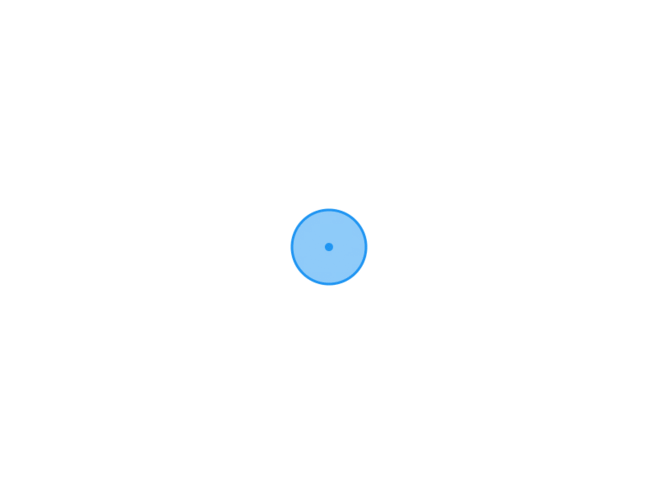悠悠楠杉
如何在Golang中编写单元测试:最佳实践指南
一、Golang单元测试基础
Go语言内置了强大的测试框架,使得编写单元测试变得简单而高效。与许多其他语言不同,Go不需要额外的测试框架或库就可以开始编写测试。
要创建一个单元测试,只需在与被测代码同目录下创建一个以_test.go结尾的文件。例如,对于calculator.go,我们可以创建calculator_test.go。测试函数需要以Test开头,并接受一个*testing.T参数。
go
func TestAdd(t *testing.T) {
result := Add(2, 3)
if result != 5 {
t.Errorf("Add(2, 3) = %d; want 5", result)
}
}
这种简单的测试模式已经能覆盖大多数基础场景,但随着项目规模扩大,我们需要更结构化的测试方法。
二、表驱动测试:清晰且可扩展
表驱动测试(Table-Driven Tests)是Go社区广泛采用的一种测试模式,它通过定义测试用例表来组织多个测试场景,使测试代码更加清晰、易于维护。
go
func TestMultiply(t *testing.T) {
tests := []struct {
name string
a, b int
expected int
}{
{"two positives", 2, 3, 6},
{"positive and negative", 2, -3, -6},
{"two zeros", 0, 0, 0},
}
for _, tt := range tests {
t.Run(tt.name, func(t *testing.T) {
result := Multiply(tt.a, tt.b)
if result != tt.expected {
t.Errorf("Multiply(%d, %d) = %d; want %d",
tt.a, tt.b, result, tt.expected)
}
})
}
}
这种模式的优点在于:
1. 测试用例集中管理,易于添加新用例
2. 每个用例都有明确的名称,测试失败时容易定位问题
3. 避免重复代码,保持DRY原则
三、测试覆盖率和性能测试
Go工具链内置了测试覆盖率统计功能,只需运行:
bash
go test -cover
要生成详细的覆盖率报告,可以使用:
bash
go test -coverprofile=coverage.out
go tool cover -html=coverage.out
对于性能测试,Go提供了基准测试功能。基准测试函数以Benchmark开头,接受*testing.B参数:
go
func BenchmarkFibonacci(b *testing.B) {
for i := 0; i < b.N; i++ {
Fibonacci(20)
}
}
运行基准测试:
bash
go test -bench=.
四、Mock和依赖注入
在单元测试中,我们经常需要模拟外部依赖,如数据库、网络服务等。Go的接口特性使得创建mock对象变得简单。
假设我们有一个数据库访问层:
go
type UserRepository interface {
GetUser(id int) (*User, error)
}
func WelcomeMessage(repo UserRepository, id int) (string, error) {
user, err := repo.GetUser(id)
if err != nil {
return "", err
}
return fmt.Sprintf("Welcome, %s!", user.Name), nil
}
我们可以轻松创建一个mock实现用于测试:
go
type mockUserRepo struct {
user *User
err error
}
func (m mockUserRepo) GetUser(id int) (User, error) {
return m.user, m.err
}
func TestWelcomeMessage(t *testing.T) {
tests := []struct {
name string
user *User
err error
expected string
wantErr bool
}{
{
name: "success",
user: &User{Name: "Alice"},
expected: "Welcome, Alice!",
},
{
name: "error",
err: errors.New("db error"),
wantErr: true,
},
}
for _, tt := range tests {
t.Run(tt.name, func(t *testing.T) {
repo := &mockUserRepo{user: tt.user, err: tt.err}
msg, err := WelcomeMessage(repo, 1)
if (err != nil) != tt.wantErr {
t.Fatalf("unexpected error: %v", err)
}
if msg != tt.expected {
t.Errorf("got %q, want %q", msg, tt.expected)
}
})
}
}
对于更复杂的mock场景,可以使用像testify/mock或gomock这样的库,它们提供了更丰富的mock功能。
五、测试辅助函数和清理操作
当测试需要共享设置或清理代码时,可以使用TestMain函数:
go
func TestMain(m *testing.M) {
// 测试前设置
setup()
// 运行测试
code := m.Run()
// 测试后清理
teardown()
os.Exit(code)
}
对于单个测试用例中的资源清理,可以使用t.Cleanup():
go
func TestWithTempFile(t *testing.T) {
f, err := os.CreateTemp("", "testfile")
if err != nil {
t.Fatal(err)
}
t.Cleanup(func() {
f.Close()
os.Remove(f.Name())
})
// 使用临时文件进行测试...
}
六、并行测试和子测试
Go支持并行运行测试以加快执行速度:
go
func TestParallel(t *testing.T) {
t.Parallel()
// 测试代码...
}
对于大型测试套件,可以使用t.Run()创建层次结构的子测试:
go
func TestUser(t *testing.T) {
t.Run("Create", func(t *testing.T) {
// 测试用户创建
})
t.Run("Update", func(t *testing.T) {
// 测试用户更新
})
}
七、Golden文件测试
当测试复杂输出(如生成的HTML、JSON等)时,可以使用golden文件模式:
go
func TestTemplate(t *testing.T) {
// 渲染模板
result := renderTemplate(data)
// 获取或更新golden文件
golden := filepath.Join("testdata", t.Name()+".golden")
if *update {
os.WriteFile(golden, []byte(result), 0644)
}
expected, _ := os.ReadFile(golden)
if result != string(expected) {
t.Errorf("rendered template does not match golden file")
}
}
八、测试可读性和维护性建议
- 命名清晰:测试函数名应明确表达测试目的,如
TestDivide_ByZero比TestDivide2更有意义 - 错误信息有用:错误消息应包含实际值和期望值,便于调试
- 避免测试私有函数:优先测试公共接口,除非私有函数特别复杂
- 保持测试独立:每个测试应该独立运行,不依赖其他测试的状态
- 测试失败而非实现:测试行为而非实现细节,使重构更容易
九、常见测试模式总结
- 表驱动测试:适用于多种输入组合的场景
- Mock对象:隔离外部依赖
- Golden文件:验证复杂输出
- 测试辅助函数:减少重复代码
- 子测试:组织相关测试用例
通过遵循这些最佳实践,你可以构建出健壮、可维护的测试套件,为Go项目提供坚实的质量保障。记住,好的测试应该像生产代码一样受到重视,需要定期维护和重构。


